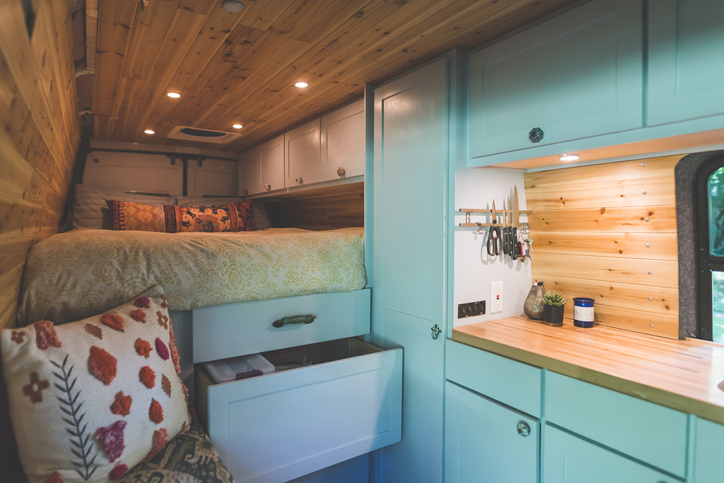Tiny is the New Big: Appraising Tiny Homes
October 28, 2019 by Meredith Trimble

Tiny houses are gaining in popularity across the country. Nancy Nickerson, current Chair of the Farmington, CT, Town Council, tells this story: “When I was knocking on doors to talk to voters during campaign season, I encountered a question I’d never heard before from a younger resident. He wanted to know if he could build a tiny house on his property. The whole concept of a ‘tiny house’ was new to me, and I honestly didn’t know if we had zoning or property tax rules that applied. I remember being very glad I carried around a clipboard and pen; I had to take his information and look into the question with town staff.”
An Emerging Trend
Are tiny houses permitted in your jurisdiction? If so, what is the appraisal theory behind them? William Birkle, appraisal specialist, Tyler Technologies, spoke to this emerging trend in a recent informative webinar, Tiny Homes. “Tiny is the new big,” Birkle stated, as he explained the phenomenon in detail.
“While the average new home is 2,598 square feet,” Birkle said, “the average tiny house is between 100 and 400 square feet. More than 2,000 could fit on the Golden Gate Bridge.” While it might feel intuitive that tiny houses could create high density, people are drawn to tiny houses for different reasons. Some want to minimize their carbon footprint or be off the grid. Villages of tiny homes have been created in the aftermath of natural disasters such as after Hurricane Katrina. In some cases, it’s a financial decision for those who can meet their needs in a smaller space.
The movement can be traced back to 1854 when Henry David Thoreau wrote Walden about a 150-square foot cabin. Other blueprints evolved over the decades to include 1973’s Shelter, by Lloyd Khan and Bob Easton, and 1987’s Tiny Houses: Or How to Get Away from It All, by Lester Walker. In 1997, Portland, Oregon, became one of the first jurisdictions to allow homeowners to build accessible dwelling units.
Today, tiny house owners have surprising demographics, Birkle explained. Eighty-nine percent have less credit card debt than the average American, and 60% have no credit card debt at all. With the national median tiny house cost of $59,000, 68% of owners have no mortgage.

Permitting and Valuation
In Indiana jurisdictions where Birkle provides appraisal services, there is no building code outside of the cities. This varies, however, depending on location. In many jurisdictions that have zoning regulations, such as in Nickerson's Farmington, as it turned out, these homes are too small to meet code. States including California, Washington, Oregon, and Texas are currently on the forefront of accommodating tiny homes.
“In Indiana,” Birkle explained, “we value land and buildings separately and we determine the value of the land value based on location.” The value accounts for improvements to the land that accompany most tiny houses such as wells and septic. “That generates the base price for a home site that would support any type of structure, whether it’s one of these tiny houses, or a modular, mobile, or stick-build type structure,” Birkle said.
When valuation services such as Marshall & Swift don’t allow for dwellings under certain square footage, Birkle suggested extrapolation or interpolation by taking values down to the required level. “There are the economies of scale,” he noted. “The more you have, the less it costs per square foot, therefore, the less you have, the more it costs per square foot. You can actually develop your own valuation baseline through this extrapolation.” In areas that contain a number of tiny houses, jurisdictions can also trend them using market sales. Hawaii, with a significant yurt population, has a model that includes structures under 300 square feet, and Birkle encouraged interested participants to ask about their core logic or visit IAAO for additional insight.